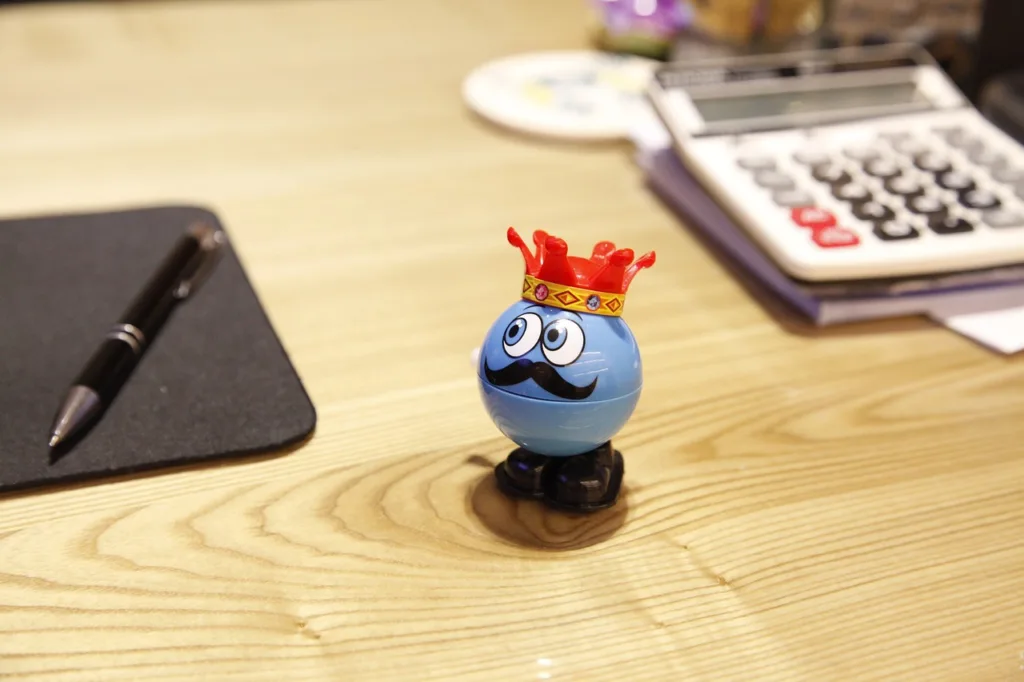The vast majority of individuals are unfamiliar with the fundamentals of meditation. In in fact, a great number of people are blissfully unaware of the fact that they lack this crucial skill. However, there is more to it than simply shutting your eyes and breathing for a few minutes. For good meditation, knowledge is absolutely necessary.
If you have never meditated before, you can experience feelings of being overwhelmed and disoriented. It\’s possible that the first few times you spend time alone with your thoughts will be challenging for you because you won\’t yet know how to deal with them. The risk that you will put in an excessive amount of effort in order to maintain control over them is there here. As a result, rather of experiencing peace and tranquilly, you will feel more irritation.
To avoid this, the first step is to concentrate on how you are breathing. You need just to ensure that you are in a comfortable upright position and that your arms are crossed over your chest.
Benefits
Breathing exercises are a great way to relax and sharpen concentration before, during, and after meditating. Numerous breathing exercises exist, with counting breaths being one of the more common. What I mean by \”counting\” is keeping a mental track of how many times you inhale while keeping your mouth closed. You should next do the same thing while exhaling and count out loud how many times you\’ve done it. It is possible to progress from 1 to 2, then 3 and so on.
Meditation is something that can always be gotten better at. It is not something you can simply begin doing and expect the finest results from it. Nevertheless, in order to assist you in getting off to a solid start, I have prepared a few key tips for you.
Meditation basics
So, let’s start from the beginning. Attempting to engage in thoughtful practise while seated in front of the television is not recommended. Because of the constant stream of strange thoughts that will be running through your head, you won’t be able to concentrate. When engaging in meditative practise, it is vital to do so in an environment that is as favourable as possible and free from disruptions.
In order to accomplish this, you will need to designate a certain room in your house as your own practise space. It is important that there are no distracting elements in the room, such as a television, a music player, or any other electronic devices that make noise. In addition to this, it is essential to keep the temperature stable.
Getting away from other people and into an area with some peace and quiet is another smart thing to do. Do not allow your usage of social media, email, or your phone to interrupt your time spent relaxing.
The key to success
Every day, set aside five minutes of your time to concentrate on your breath and count the number of times you can inhale and exhale. When you feel that your mind has reached a condition of calm and relaxation, you may choose to cease counting. You should try to stick to this regimen on at least five days per week. This kind of practise is useful for honing focus as well as the capacity to keep it up over time.
Practice mindfulness
Mindfulness is a practise that entails paying conscious attention to what is happening in the here and now. When one is meditating, they should focus their attention on their breathing as well as their thoughts and feelings. We keep a watchful and objective eye on them. Training your mind to be mindful can help you focus better on your work and be more productive.
I would suggest beginning with the breath if you are not familiar with the practise of meditation. Pay close attention to the area around your belly button as you breathe in and out. Take note of your physical being and direct your attention on the areas of your body that are prone to holding tension, such as the muscles in your jaw.
Be present
During meditation, it is essential to give one\’s full concentration to the practise at all times. Pay special attention to the sensations that are occurring throughout your body. Put your senses to work to the best of their abilities. When you sit down to meditate, picture yourself on a boat, serenely gliding across the water somewhere in the middle of the ocean. Listen to the sound of the waves slamming into the rocks below you. It’s nice day to be outside because the wind is blowing. The birds are chirping, and the wind is making the trees sound like they’re making a whistling sound.
Conclusion
In conclusion, it is my hope that this article on the basics of meditation was informative for you. You should have a better understanding of the principles after reading this article. Discover what works for you and stick with it; there is no particular optimal way to begin. When beginning a new habit or setting a fresh goal, the single most crucial thing to bear in mind is to give it your all focus and effort from the very beginning. Because the mind and the body are inextricably linked, improving either one of them can have far-reaching impacts on one’s overall health.




